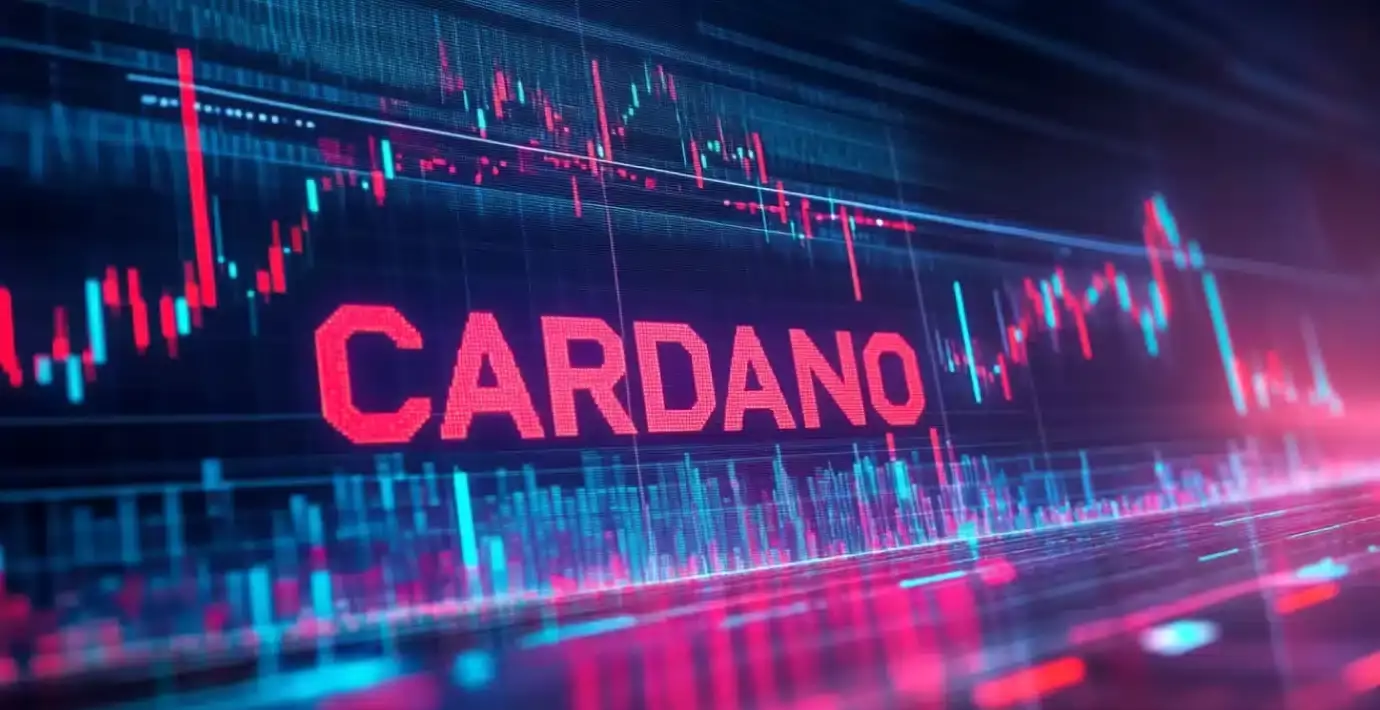In a surprising turn, Cardano (ADA) experienced a modest resurgence, climbing over 17% from its June lows and reaching its highest point since mid-June. This mini-bounce, driven by new developments like the Bitcoin on-chain transaction and the promise of a future Cardano-Bitcoin bridge, tempts investors to believe in a revival. However, beneath this veneer of optimism lies a troubling reality—Cardano remains fundamentally stagnant. Its ecosystem has been labeled a “ghost chain,” a moniker rooted in the conspicuous absence of real user activity and financial stake. With DeFi total value locked under $318 million and stablecoins barely budging, the narrative of vibrant growth is more illusion than reality.
Technical Weakness Overshadowing Hopeful Developments
From a technical perspective, Cardano’s price action confirms lingering bearish pressure. The formation of a rounded top and a horizontal channel reinforces a troubling pattern—one that favors a bearish breakout rather than a sustained rally. Currently trading below key moving averages, ADA’s inability to break above these resistance levels signifies a market still dominated by sellers eager to lock in profits. Should the price dip below critical supports like $0.519, the prospects of further declines toward $0.50 or lower become highly probable. This technical landscape suggests that the recent gains are fleeting, an optimistic rally that could quickly reverse, trapping latecomers in a downward spiral.
Development Hype Versus Ecosystem Reality
The recent on-chain transaction between Fluid Tokens and the announcement of the Bitcoin bridge hold some promise, but they also raise questions about practicality and long-term impact. Integrating Bitcoin into Cardano could theoretically open avenues for trillions in value flow and offer BTC holders a safer yield option. Yet, critics rightly point out that similar features already exist on more mature platforms like Solv Protocol and Babylon, which have cultivated more active ecosystems. These platforms have demonstrated for years that actual user engagement and liquidity matter more than technological feats or strategic partnerships. Cardano’s delayed ecosystem development hampers its ability to capitalize on new features; bold developments like the Bitcoin bridge remain aspirational if user adoption and real utility continue to languish.
The Central Question: Is Cardano Still a Viable Platform?
While recent price movements may seem promising, the broader picture suggests that Cardano’s journey is far from a comeback. Its inability to attract a robust DeFi community or stablecoin issuance indicates that it lags behind newer, more agile competitors. The narrative of innovation is appealing, but without concrete engagement—users, developers, and liquidity—these technological advancements are just superficial band-aids. For Cardano to genuinely thrive, it will need to prove that it can foster an active ecosystem rather than rely on moments of speculative hype. Until then, its current rally may be nothing more than a temporary breath before further declines, a reminder that technical progress without community support is ultimately hollow.














